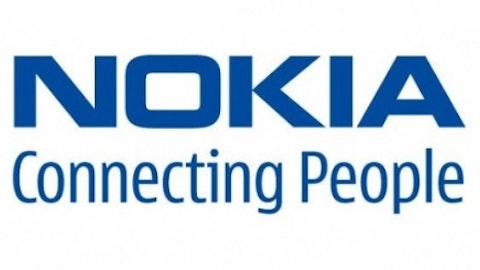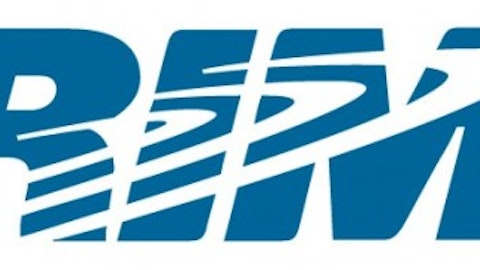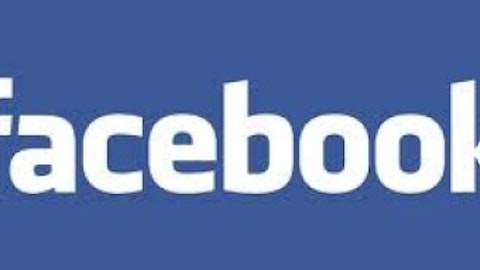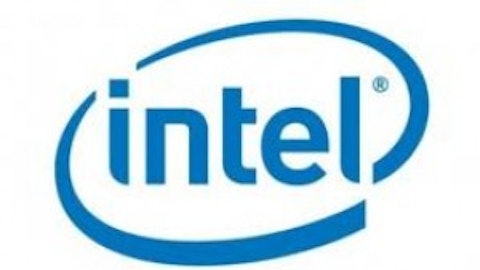Could the cure to Apple Inc. (NASDAQ:AAPL)‘s iPhone blues be another iPhone?
Jefferies analyst Peter Misek wrote yesterday that Apple Inc. (NASDAQ:AAPL) may hit the market with its next smartphone as early as June or July.
An early upgrade cycle isn’t necessarily unusual for Apple Inc. (NASDAQ:AAPL). When the tech giant introduced the new iPad two months ago, it came just eight months after the third generation of the iconic tablet. Apple even raised the stakes by rolling out the lower-priced iPad Mini at the same time.
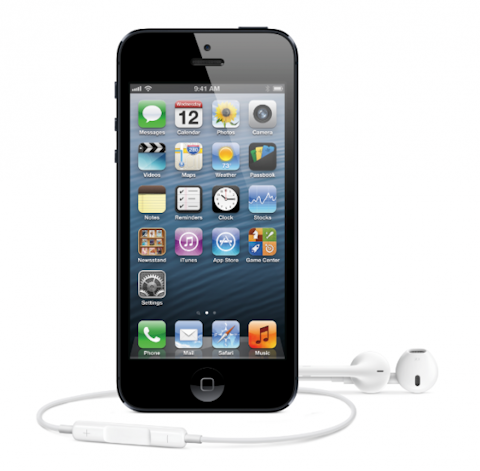
However, it’s clear that sooner will be better than later at a time when the market’s starting to lose faith in the magnetism of the iPhone 5. Even before this week’s unconfirmed report of Apple Inc. (NASDAQ:AAPL) scaling back supplier orders for iPhone 5 screens, analysts performing channel checks were talking down their projections.
Misek himself is now lowering his shipment expectations for the current quarter from 48 million to 44 million. It’s certainly not as bad as some of the gloomier revisions out there, but it’s just one more connected pro hosing down his forecast.
The iPhone 5 isn’t that bad
What held back the iPhone 5 from being as big a success as optimists were originally expecting? Was the slightly larger screen just not big enough? Was the shift to 4G LTE undermined, domestically at least, by Apple’s largest carriers?
There could be something to that. AT&T Inc. (NYSE:T) and Verizon Communications Inc. (NYSE:VZ) — the country’s two largest wireless service providers and the leading iPhone carriers — drew the line at upgrading existing customers on grandfathered plans for unlimited data. AT&T and Verizon shifting to tiered pricing for longtime customers and the push toward shared data plans may be great for the wireless carriers, but customers aren’t falling into the 4G LTE trap — especially since those faster speeds will only make the metered data go faster.
The iPhone 5 is also an upgrade hassle for owners of earlier Apple Inc. (NASDAQ:AAPL) models. The form factor is different, so that means investing in new cases. The charging connector has also changed.
In sum, there may be more working against the iPhone 5 than in its favor. No one should be surprised at recent reports indicating that a greater percentage of iPhone buyers are turning to the cheaper older generations that Apple Inc. (NASDAQ:AAPL) is making available than the prior year’s upgrade cycle.
There are too many battles to fight
When the original iPhone came out there really wasn’t anything like it, especially when Apple Inc. (NASDAQ:AAPL)raised the stakes with the App Store a year later.
It’s a different world these days. Android devices continue to get better and cheaper, and even the App Store advantage will shift to Android as Google Inc (NASDAQ:GOOG)‘s open-source platform is expected to overtake Apple in the number of applications available later this year. Android activations already passed Apple Inc. (NASDAQ:AAPL) a couple of years ago. The gaps have narrowed for the design and interface advantages that Apple prices at a premium.
The fight doesn’t end there.
We’re now less than two weeks away from what may be the most important day in the recent history of Research In Motion Limited (NASDAQ:RIMM) . The BlackBerry company is peeling back the curtain on the new BlackBerry 10 mobile operating system and the new devices to take advantage of the potentially bar-raising platform.
